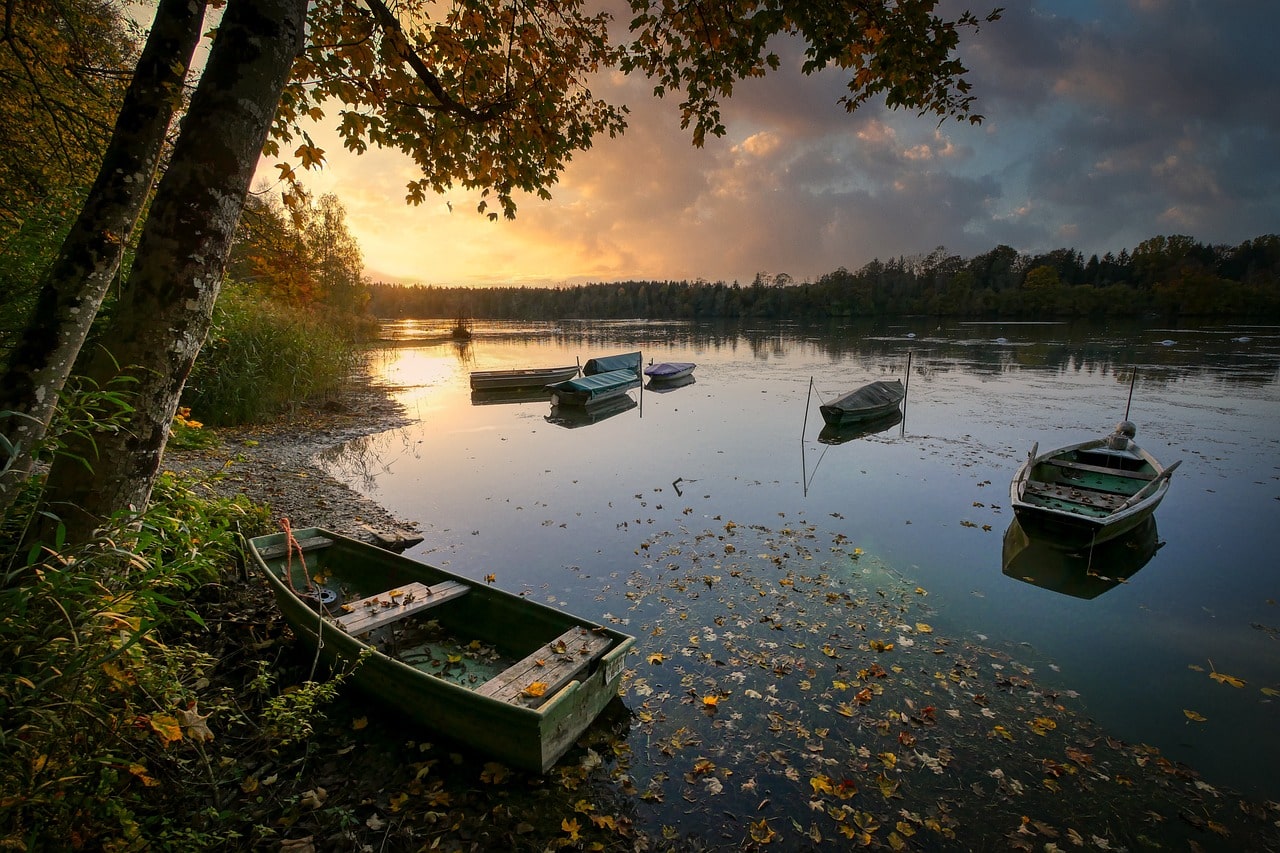Surinsar-Mansar Lakes, located in Jammu and Kashmir, India, are designated as a Ramsar site for their ecological and cultural importance. The site covers 350 hectares and consists of two lakes, Surinsar and Mansar, which are significant for their biodiversity and religious significance. Surinsar Lake is primarily rain-fed, while Mansar Lake is fed by surface runoff and partially by mineralized water through paddy fields. The lakes lie in the semi-arid Punjab Plains, adjoining the Jhelum Basin, and are surrounded by forest-covered hills. The region’s geology includes sandy conglomeratic soil, boulders, and pebbles, contributing to the lakes’ unique hydrology. The lakes are rich in micronutrients, making them an attractive habitat for various species. Notable fauna includes the CITES and IUCN Redlisted species like the Indian flap-shelled turtle (Lissemys punctata), the Indian softshell turtle (Aspideretes gangeticus), and Mansariella lacustris. The lakes serve as a breeding ground for migratory waterfowls such as the common moorhen (Gallinula chloropus), the black-necked grebe (Podiceps nigricollis), the tufted duck (Aythya fuligula), and various species of ducks (Anas). The lakes hold significant cultural and religious value, with many temples surrounding them. According to Hindu mythology, Surinsar Lake’s origin is linked to Arjuna from the Mahabharata. The lakes are also sites for various Hindu rituals, including the Mundan ceremony and other religious activities. This cultural heritage attracts numerous pilgrims and tourists. Despite their importance, the lakes face several threats, including increasing visitor numbers, agricultural runoff, religious ritual waste, and urban waste. These activities have led to deterioration in water quality and ecosystem health. Conservation efforts focus on raising awareness and managing human activities to protect these valuable ecosystems. The best time to visit the lakes is from November to March when the weather is crisp and cool. The lakes are accessible via the NH1A Bypass and Surinsar Road. The closest train station and airport, both of them are in Jammu, which is roughly 49 kilometers away.

